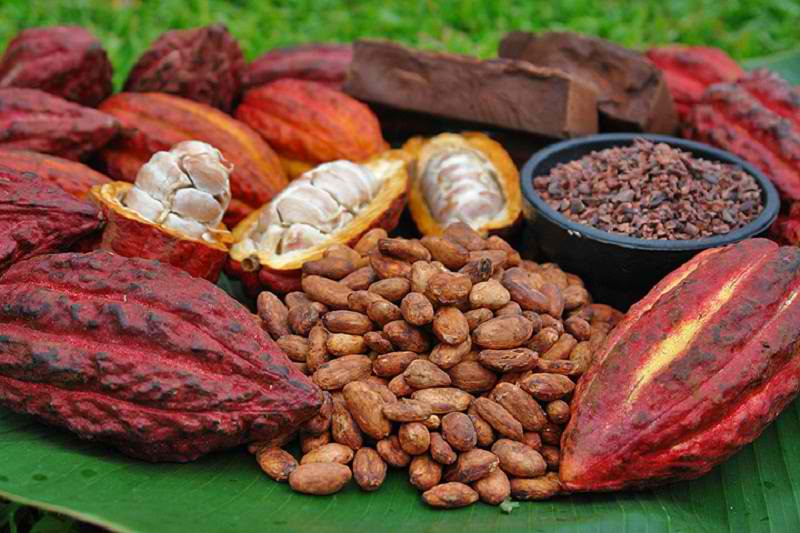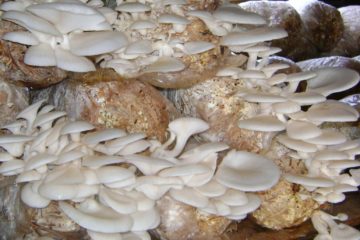ORGANIC FERTILIZER MANAGEMENT FOR ORGANIC VEGETABLE PRODUCTION
Jonathan L. Galindez, Fe L. Porciuncula, Melchor P. Pascua, Samuel M. Claus, and Ruth P. Guntang
Abstract
A number of farmers in Central Luzon, Philippines grow organic vegetables year round. However, most of them apply the required amount of organic fertilizer only once, i.e., during planting. Hence, nutrients required by the vegetables during vegetative or reproductive stages are no longer available. This condition seriously affects the growth and development of vegetables, and subsequently the yield. In order to reduce the potential effect of nutrient deficiency on organic vegetables, this study was conducted. It aimed to establish organic fertilizer management for native bittergourd, tomato, eggplant, lady finger, and green pepper. Specifically, it aimed to a) establish frequency of organic fertilizer application employing split application; and b) determine the yield performance and net return based on the different treatments used.
The research was conducted during dry seasons from 2012 to 2016 under full organic operation system. Three treatments were evaluated: T1= basal application of organic fertilizer (8t/ha); T2=two-split application of organic fertilizer (4t/ha/application); and T3= three-split application of organic fertilizer (2.67t/ha/application).
Results on native bittergourd during the first trial showed no significant yield difference between two and three-split applications, with yield of 5.76t/ha and 6.03t/ha, respectively. However, the second trial showed that two-split application of the recommended rate gave the highest yield (5.10 t/ha) than single (3.08 t/ha) and three-split applications (3.48 t/ha). Whereas, tomato had the highest yield (29.82 t/ha) at two-split application during the first trial. However, during the second trial it had comparable yield with three-split application at 39.40 t/ha and 36.87 t/ha, respectively. For lady finger, two-split application of the recommended rate had the highest yield (9.87 t/ha) during the first trial while basal (single) and three-split application had comparable yield of 8.77 t/ha and 8.33 t/ha, respectively. The second trial showed comparable yield of 12.40 t/ha and 12.00 t/ha, for basal and two-split application, respectively, During the first trial on eggplant, comparable yield (5.04 t/ha and 5.27 t/ha) was obtained from the basal application and two-split application, while three-split had the lowest yield. During the second trial, three-split and basal applications had comparable yield (12.09 t/ha and 11.17t/ha), respectively. These trials indicated yield instability.
Yield of green pepper based on three consecutive trials from two and three-split applications were comparable (4.21t/ha and 4.14t/ha; 5.03t/ha and 5.02t/ha, respectively). Whereas, yield from three-split application during third trial was highest (4.78 t/ha), while those from basal and two-split applications (3.79 t/ha and 3/97 t/ha, respectively) were comparable.
Cost and return analysis on native bittergourd showed that two-split application of the recommended rate of organic fertilizer had the highest return on expenses of 167.91% and 137.21% during the first and second trials, respectively. Whereas, tomato had the highest ROE on basal application with 430.85% during the first trial while two-split application in the second trial had the highest ROE of 587.21%. For lady finger, basal application had the highest ROE during the first and second trials with 36.36% and 62.91%, respectively. Similarly, basal application in eggplant had the highest ROE of 84.39% and 308.66% during the first and second trials, respectively. It also had the highest value of 89.7% for green pepper during the first trial. However, highest values (121.095) were reported from two-split application during the second trial, and three-split application on the third trial (101.26%).
N-uptake showed increasing trend 45 days after application of the recommended organic fertilizer. Two-split application of the recommended rate recorded the lowest N-uptake at 15 days while basal and three-split applications recorded almost similar N-uptake of 0.256 and 0.247g/plant, respectively. However, the second analysis showed that three-split application of the recommended rate had the highest N-uptake of 1.193 g/plant while two-split application had the second highest value of 0.602g/plant. Basal application also increased N-uptake but at a very low level of 0.289g/plant.
Keywords: Organic, fertilizer, management, vegetables, N-uptake


